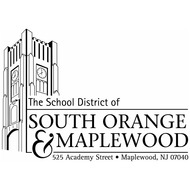
(View Complete Item Description)
Gangsta Rap grew in part out of the social and political climate on the West Coast, where cities such as Compton, California, became engulfed in gang violence fueled by the crack cocaine epidemic. Longstanding tensions between the African-American community and the police came to a head in the Rodney King case and the announcement of its verdict. Gangsta rappers began to write explicitly about inner city violence. Songs were marked by a liberal use of profanity and images of the gun-toting toughs who lived amidst the brutality of the inner city. Gangsta Rap often overlapped with the East Coast-based "Mafioso Rap," whose practicioners cultivated personas of high-living, power-wielding gangsters who drove fancy cars, drank champagne, and sported intimidating weapons all while promoting a strong sense of kinship. Fiction seemed to become fact when rappers Tupac Shakur and Notorious B.I.G. were victims of unsolved, highly public murders. Soon enough, a countermovement some called "Conscious Hip Hop€" began to emerge, primarily on the East Coast. Many fans saw it as an answer to the often violent and controversial lyrics common in Gangsta Rap. Though in many ways responding to the same conditions to which Gangsta Rap reacted, this subgenre sought to inspire positivity through its lyrics, much like some of the earliest Hip Hop music. Lyrics were intended to challenge and inspire while also questioning the social and political status quo.
Material Type:
Full Course




















